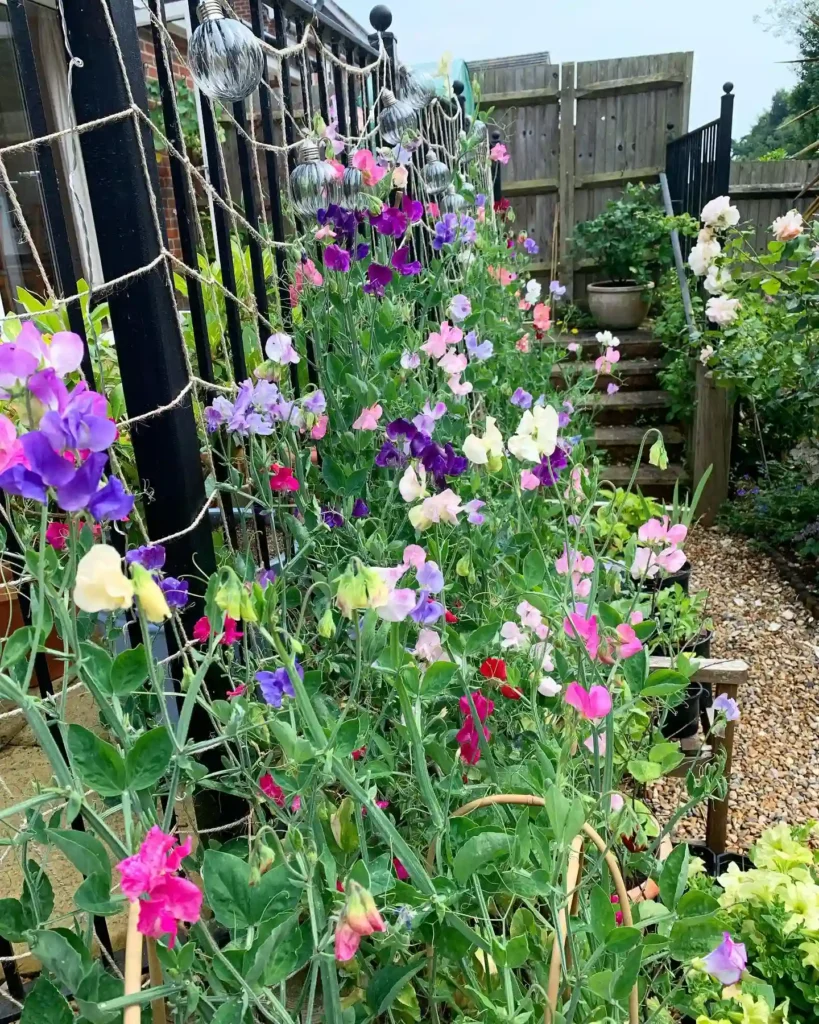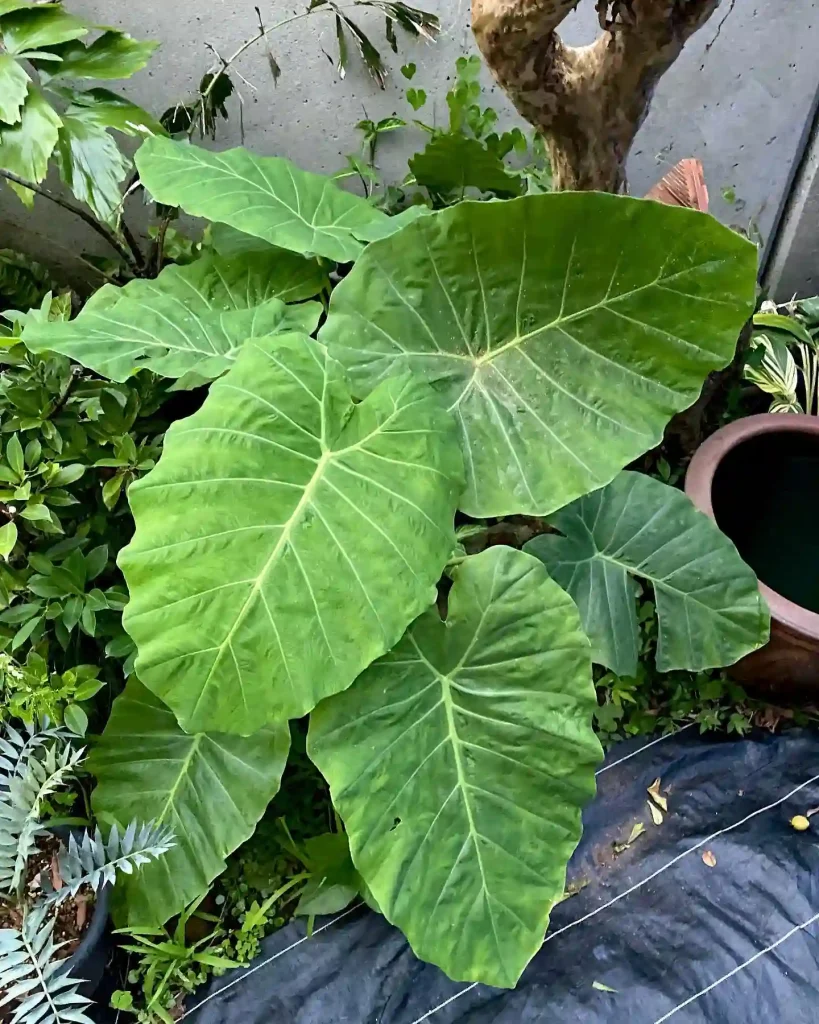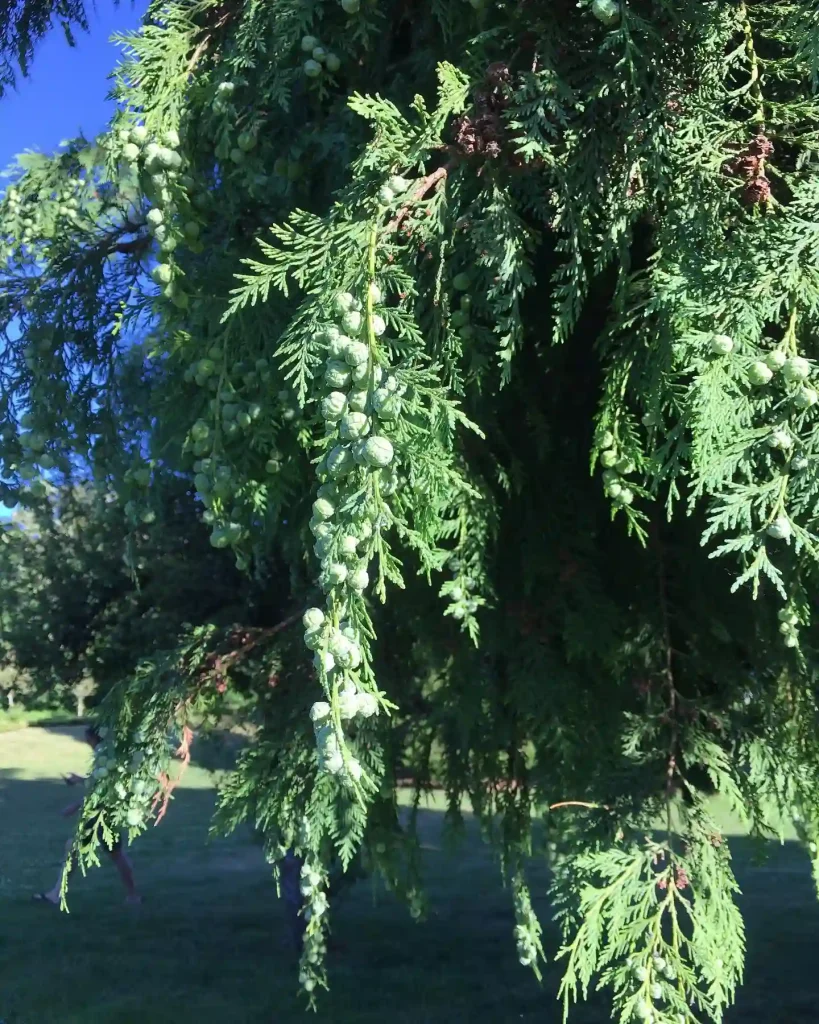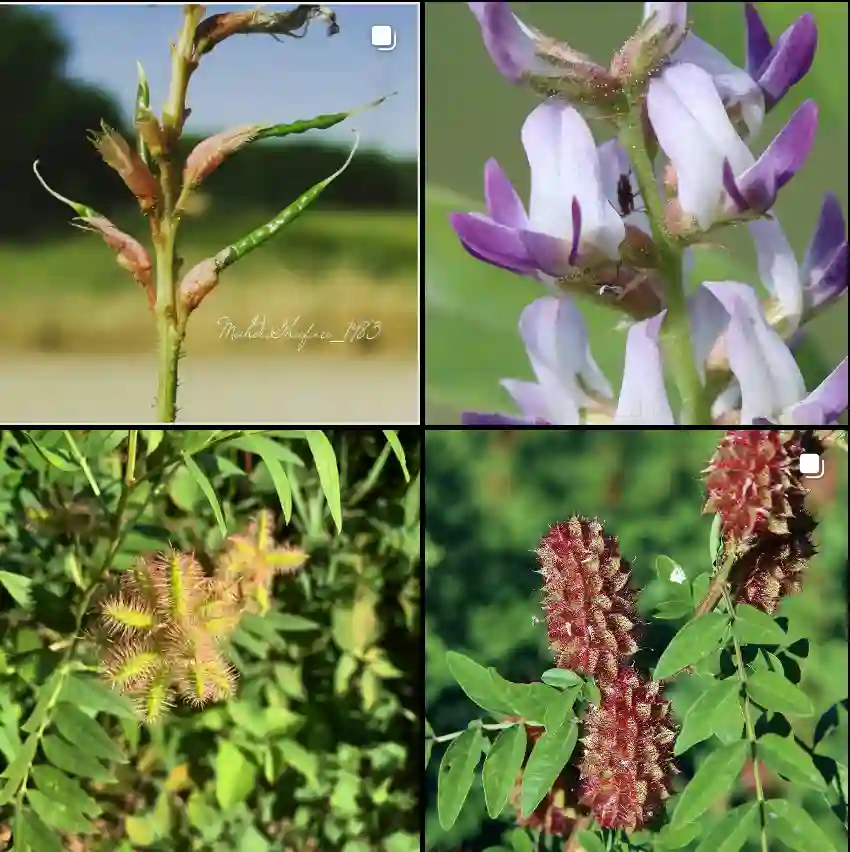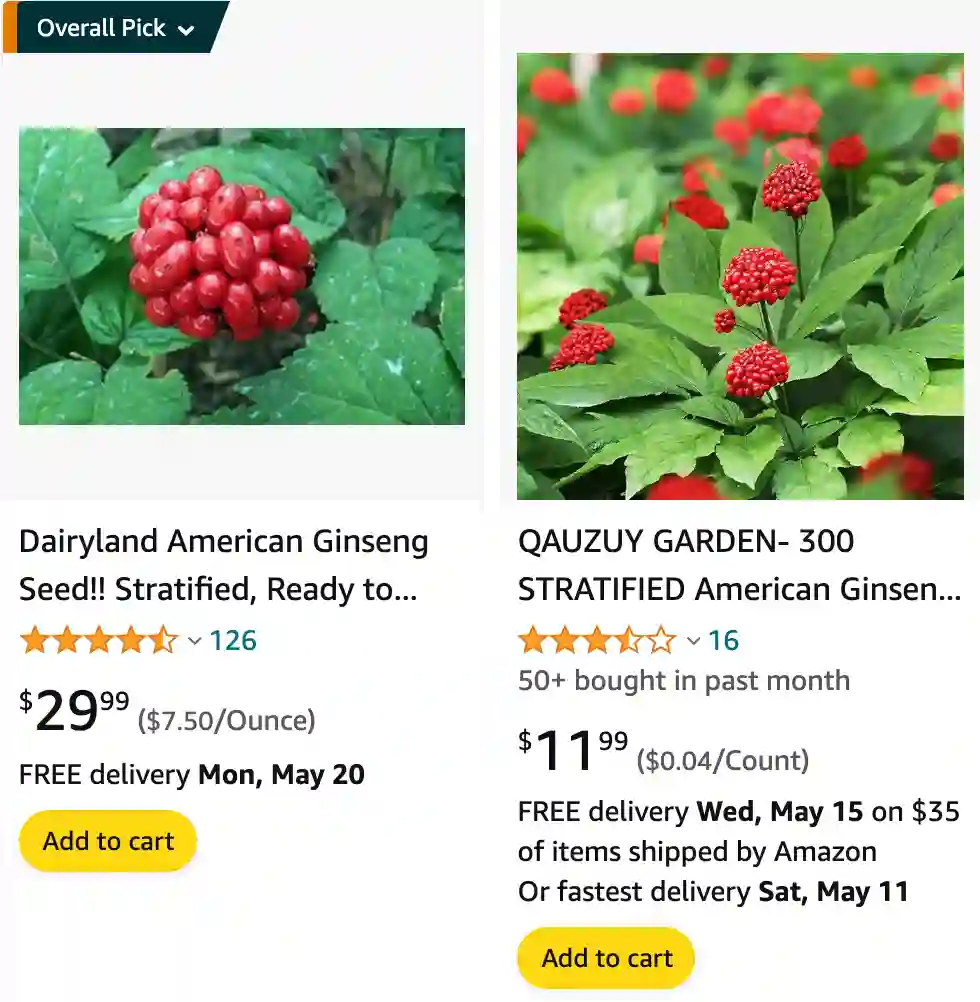
What is American ginseng?
American ginseng! That’s a plant I’ve actually come across in the wild while hiking in the Appalachians. It’s pretty neat – short, leafy greens with little red berries, but the real star is the root. It looks all gnarled and twisted, kind of like a small, beige person underground. You wouldn’t guess it from its looks, but it has a faint, earthy smell that’s surprisingly pleasant. I never dug one up though – it’s actually endangered in some areas! But I’ve heard people swear by its health benefits, like boosting your energy or helping you fight off a cold. Maybe someday I’ll try some ginseng tea – but for now, I’m happy just admiring it in its natural habitat.
15 Species in Genus Panax – Ginseng Plant
American Ginseng vs Asian Ginseng
I’ve found that American Ginseng gives me a subtle, calming energy, while Asian Ginseng feels like a more immediate and robust boost.
American Ginseng vs Korean Ginseng
When I tried Korean Ginseng, it seemed to enhance my focus and stamina in a way that American Ginseng’s gentler effects couldn’t quite match.
Is American ginseng better than Korean ginseng?
In my opinion, comparing American and Korean ginseng is like comparing apples and oranges. Each has its unique benefits. I find American ginseng to be more calming and suitable for daily use, whereas Korean ginseng feels more stimulating.
American Ginseng vs Chinese Ginseng
American Ginseng feels like a comforting, steady companion, whereas Chinese Ginseng provides a sharper, invigorating lift that I turn to when I need a quick pick-me-up.
Where does American ginseng grow?
American ginseng, for me, is best experienced growing in the cool, shady forests of North America. I’ve trekked through the Appalachian region where it thrives under a canopy of deciduous trees. It’s like discovering a hidden gem among the undergrowth.
Where to buy American ginseng?
When I’m looking to buy American ginseng, I usually head to reputable herbal shops or online stores that specialize in authentic and high-quality ginseng products. Farmers’ markets can also be a good place, especially in regions where it’s cultivated.
Can i bring American ginseng to Australia?
Bringing American ginseng to Australia is tricky. Based on my experience, you’d need to check the latest import regulations as Australia has strict quarantine rules to prevent pests and diseases.
Can i bring American ginseng to China?
When traveling to China, it’s crucial to check the regulations on bringing American ginseng. China has strict customs policies, and bringing in ginseng might require specific permits.
Can i bring American ginseng to Hong kong?
For Hong Kong, my experience has been similar to mainland China. Importing American ginseng can be regulated, so I always make sure to look up the latest customs requirements to avoid any issues.
Does American ginseng keep you awake?
I find that American ginseng doesn’t usually keep me awake. Instead, it gives a balanced energy boost without the jitteriness that caffeine sometimes causes.
Does American ginseng raise blood pressure?
From what I’ve noticed, American ginseng doesn’t seem to raise my blood pressure. I feel it’s more of a gentle adaptogen, helping my body cope with stress rather than causing spikes in blood pressure.
How much is American ginseng worth?
The value of American ginseng can vary widely depending on its quality and age. High-quality, wild-harvested roots can be quite pricey, sometimes reaching hundreds of dollars per pound.
How to choose American ginseng?
Choosing American ginseng involves looking for firm, well-dried roots with a strong, earthy smell. I avoid any that look too shriveled or have mold spots, which can indicate poor storage.
How to cook American ginseng? How to make American ginseng tea?
To cook American ginseng or make tea, I usually slice the roots thinly and simmer them in water for about 30 minutes. For tea, I might steep the slices in hot water for a bit longer to extract the beneficial compounds.
How to grow American ginseng? How to harvest American ginseng?
Growing American ginseng requires patience. I find it thrives best in a shady, moist environment with rich, well-drained soil. Harvesting it is an art – I wait at least 5-7 years before carefully digging up the roots to ensure they are mature and potent.
How to identify American ginseng?
Identifying American ginseng involves looking at the plant’s compound leaves, which usually have five leaflets, and its cluster of red berries. The roots have a distinct, gnarled appearance that sets them apart from other plants.
How to store American ginseng?
Storing American ginseng properly is key to preserving its potency. I keep it in a cool, dry place, often in an airtight container to prevent moisture and pests from affecting it.
Is American ginseng endangered?
Yes, American ginseng is considered endangered in some parts due to overharvesting and habitat loss. I always make sure to source it sustainably to support conservation efforts.
Is American ginseng good for erectile dysfunction?
For erectile dysfunction, I’ve read that American ginseng may help due to its potential to improve blood flow and reduce stress, but I haven’t used it for this purpose myself.
What are the side effects of American ginseng?
Side effects of American ginseng can include headaches, digestive issues, or sleep disturbances if taken in high doses. I’ve always used it moderately to avoid these issues.
Why is American ginseng so expensive?
American ginseng is expensive mainly due to its slow growth and the labor-intensive process of cultivation and harvesting. Wild ginseng, in particular, can fetch a high price due to its rarity and perceived potency.
Can American ginseng cause insomnia?
I haven’t found that American ginseng causes insomnia. It tends to provide a balanced energy boost rather than the wired feeling caffeine can cause.
Does American ginseng expire?
Like most natural products, American ginseng can expire. I check for any signs of mold or a stale odor and keep it in a cool, dry place to extend its shelf life.
Does American ginseng increase testosterone?
There’s some evidence suggesting American ginseng might help increase testosterone levels, but I can’t say I’ve noticed a significant difference myself.
Is American ginseng cooling or heaty?
In traditional Chinese medicine terms, American ginseng is considered more cooling compared to Korean ginseng, which is deemed heaty. I find it helps balance my body’s internal energy.
Is American ginseng good for kidneys?
I’ve heard that American ginseng can be good for kidney health, possibly due to its overall tonic properties. It’s something I might use as part of a broader approach to support my kidneys.
If i die, water my plants!
